Rebound Effects in Irrigated Agriculture in Uzbekistan: A Stakeholder-Based Assessment
Abstract
:1. Introduction
2. Materials and Methods
2.1. Study Area and Policy Interventions
2.2. Rebound Effects in Irrigated Agriculture
2.2.1. Estimation of Rebound Effects
2.2.2. Technical Potential for Water Savings through More Efficient Irrigation Systems
2.2.3. Expert-Based Assessment of Rebound Effects
- (a)
- Increased irrigation to achieve full yield potential
- (b)
- Increased irrigated area
- (c)
- Switching to more water-intensive crops or crop rotations
- (d)
- Triggering overall economic growth
2.3. Expert Interviews
3. Results
- A.
- Increased irrigation to achieve the potential yield
- B.
- Increased irrigated area
- C.
- Switching to more water-intensive crops or crop rotations
- D.
- Triggering overall economic growth
4. Discussion
- First, the study reveals a strong agreement among experts that the existing deficit concerning irrigation water is in the range of 20–30%. This estimation is in line with the results of other studies on water use in Uzbekistan [13,32]. For the Ferghana Valley of Central Asia, Milanova et al. [33] estimated the water deficit at 12%, increasing up to 38.2% by 2080. For Spain, Berbel et al. [30] found that rebound effects occurred where water deficits in the irrigation sector existed prior to the implementation of water-saving technology implementation.
- Second, interviewed respondents shared their knowledge about the current government plans for expanding irrigated lands by 2030 under internal discussion. However, with our method of individual interviews we were not able to elicit an agreement of this rebound mechanism or to clearly determine the reasons for disagreeing opinions. For disputed questions such as these, a workshop format with direct information sharing and options for discussion among the respondents would be more suitable and should be used in follow-up research. The potential of an increase in irrigated land after implementing water-saving technology is supported by recent trends in Uzbekistan. For instance, interviewed farmers in Bukhara province of Uzbekistan observe strong decline in groundwater table due to the increased irrigated lands combined with the installation of water-saving irrigation technologies. Furthermore, there are internal government discussions and multiple examples documented in other parts of the world [2,17].
- Third, most respondents assumed that the implementation of water-saving technologies is unlikely to increase water demand through changes in crop rotations, at least in the near future. However, the experts warned that policy changes of eradicating the quota system for strategic crops and allowing farmers to cultivate secondary crops might trigger a switch to more water-intensive crops. Indeed, respondents interviewed in this study indicated that the policy change process has already been initiated, such as the government allowing or actively supporting the cultivation of secondary crops. Furthermore, a recent report by the Asian Development Bank (ADB) explains the trend of slowing agricultural production by observing increases in crop diversification and water deficits in Uzbekistan [34].
- Finally, the experts assess the economic impact of technology implementation at the national level to be significant, with GDP increases up to 10%. This is because of the important role of irrigated agriculture in Uzbekistan’s national economy. For example, Djumaboev et al. [35] found that the introduction of drip irrigation technology in the Karshi steppe of Uzbekistan on 5 ha of land increased cotton yield by 13% compared to traditional furrow irrigation, and at the same time created water savings of over 50% (savings of 3590 m3 per ha). An estimated increase of 10% in Uzbekistan’s GDP is also in line with findings by Brody et al. [36]. However, the experts also noticed that the associated cost of technology implementation has to be considered (e.g., bank interest rates, technology installation, and maintenance costs). For instance, experts recommend localizing the technology by means of producing it in the country to make it more affordable for farmers. The economic impact of technology also depends on farmers’ access to credit. This is particularly a challenge during the COVID-19 pandemic situation due to the increased interest rates and delays with bank credit approval. Last but not least, the technology’s impact also depends on energy costs, as the average energy use of a pump to transfer water in drip-irrigated fields is approximately 400 kWh per day.
5. Conclusions
Supplementary Materials
Author Contributions
Funding
Informed Consent Statement
Data Availability Statement
Acknowledgments
Conflicts of Interest
References
- Guppy, L.; Anderson, K. Water Crisis Report; United Nations University Institute for Water: Hamilton, ON, Canada, 2017. [Google Scholar]
- Paul, C.; Techen, A.-K.; Robinson, J.S.; Helming, K. Rebound effects in agricultural land and soil management: Review and analytical framework. J. Clean. Prod. 2019, 227, 1054–1067. [Google Scholar] [CrossRef]
- Pfeiffer, L.; Lin, C.-Y.C. Does efficient irrigation technology lead to reduced groundwater extraction? Empirical evidence. J. Environ. Econ. Manag. 2014, 67, 189–208. [Google Scholar] [CrossRef] [Green Version]
- Perry, C.; Steduto, P.; Karajeh, F. Does Improved Irrigation Technology Save Water? A Review of the Evidence; Food and Agriculture Organization of the United Nations: Cairo, Egypt, 2017; Volume 42. [Google Scholar]
- World Bank. Agriculture Modernization in Uzbekistan; World Bank: Washington, DC, USA, 2020. [Google Scholar]
- Khamidov, M.K.; Balla, D.; Hamidov, A.; Juraev, U. Using collector-drainage water in saline and arid irrigation areas for adaptation to climate change. IOP Conf. Ser. Earth Environ. Sci. 2020, 422, 012121. [Google Scholar] [CrossRef]
- Khamraev, S.; Mukhamednazarov, L.; Sokolov, V.; Gayfulin, I. Irrigation and Drainage in Republic of Uzbekistan: History and Modern State; Ministry of Water Resources of the Republic of Uzbekistan: Tashkent, Uzbekistan, 2020; p. 27.
- Kasymov, U.; Hamidov, A. Comparative Analysis of Nature-Related Transactions and Governance Structures in Pasture Use and Irrigation Water in Central Asia. Sustainability 2017, 9, 1633. [Google Scholar] [CrossRef] [Green Version]
- Hamidov, A.; Daedlow, K.; Webber, H.; Hussein, H.; Abdurahmanov, I.; Dolidudko, A.; Seerat, A.Y.; Solieva, U.; Woldeyohanes, T.; Helming, K. Operationalizing water-energy-food nexus research for sustainable development in social-ecological systems: An interdisciplinary learning case in Central Asia. Ecol. Soc. 2022, 27. [Google Scholar] [CrossRef]
- Onishi, J.; Ikeura, H.; Paluashova, G.K.; Shirokova, Y.I.; Kitamura, Y.; Fujimaki, H. Suitable inflow rate and furrow length for simplified surge flow irrigation. Paddy Water Environ. 2019, 17, 185–193. [Google Scholar] [CrossRef]
- Crighton, E.J.; Barwin, L.; Small, I.; Upshur, R. What have we learned? A review of the literature on children’s health and the environment in the Aral Sea area. Int. J. Public Health 2011, 56, 125–138. [Google Scholar] [CrossRef] [Green Version]
- Groll, M.; Opp, C.; Aslanov, I. Spatial and temporal distribution of the dust deposition in Central Asia–results from a long term monitoring program. Aeolian Res. 2013, 9, 49–62. [Google Scholar] [CrossRef]
- Hamidov, A.; Kasymov, U.; Salokhiddinov, A.; Khamidov, M. How can intentionality and path dependence explain change in water-management institutions in Uzbekistan? Int. J. Commons 2020, 14, 16–29. [Google Scholar] [CrossRef] [Green Version]
- Kun.uz. Expectation of Reforms in the Water Sector of Uzbekistan; Kun.uz: Tashkent, Uzbekistan, 2020; Available online: https://kun.uz/29815767 (accessed on 5 April 2020).
- Djumaboev, K.; Hamidov, A.; Anarbekov, O.; Gafurov, Z.; Tussupova, K. Impact of institutional change on irrigation management: A case study from southern Uzbekistan. Water 2017, 9, 419. [Google Scholar] [CrossRef] [Green Version]
- Hamidov, A.; Thiel, A.; Zikos, D. Institutional design in transformation: A comparative study of local irrigation governance in Uzbekistan. Environ. Sci. Policy 2015, 53, 175–191. [Google Scholar] [CrossRef]
- Grafton, R.Q.; Williams, J.; Perry, C.; Molle, F.; Ringler, C.; Steduto, P.; Udall, B.; Wheeler, S.; Wang, Y.; Garrick, D. The paradox of irrigation efficiency. Science 2018, 361, 748–750. [Google Scholar] [CrossRef] [PubMed] [Green Version]
- Dumont, A.; Mayor, B.; López-Gunn, E. Is the rebound effect or Jevons paradox a useful concept for better management of water resources? Insights from the irrigation modernisation process in Spain. Aquat. Procedia 2013, 1, 64–76. [Google Scholar] [CrossRef]
- Berbel, J.; Mateos, L. Does investment in irrigation technology necessarily generate rebound effects? A simulation analysis based on an agro-economic model. Agric. Syst. 2014, 128, 25–34. [Google Scholar] [CrossRef]
- Berbel, J.; Gutiérrez-Martín, C.; Rodríguez-Díaz, J.A.; Camacho, E.; Montesinos, P. Literature review on rebound effect of water saving measures and analysis of a Spanish case study. Water Resour. Manag. 2015, 29, 663–678. [Google Scholar] [CrossRef] [Green Version]
- Loch, A.; Adamson, D. Drought and the rebound effect: A Murray–Darling Basin example. Nat. Hazards 2015, 79, 1429–1449. [Google Scholar] [CrossRef]
- Mehmeti, A.; Todorovic, M.; Scardigno, A. Assessing the eco-efficiency improvements of Sinistra Ofanto irrigation scheme. J. Clean. Prod. 2016, 138, 208–216. [Google Scholar] [CrossRef]
- Zavgorodnyaya, D. Water Users Associations in Uzbekistan: Theory and Practice; Cuvillier Verlag: Göttingen, Germany, 2007. [Google Scholar]
- Karshiev, R. Implementation of Water-Saving Irrigation Technologies in Agriculture; Ministry of Water Resources of the Republic of Uzbekistan: Tashkent, Uzbekistan, 2019.
- President.uz. Agriculture and Food Production are the Most Pressing Issues; President.uz: Tashkent, Uzbekistan, 2020; Available online: https://president.uz/uz/lists/view/3493 (accessed on 10 April 2020).
- Song, J.; Guo, Y.; Wu, P.; Sun, S. The agricultural water rebound effect in China. Ecol. Econ. 2018, 146, 497–506. [Google Scholar] [CrossRef]
- Zwart, S.; Bastiaanssen, W. Water Balance and Evaluation of Water Saving Investments in Tunisian Agriculture; World Bank: Washington, DC, USA, 2008. [Google Scholar]
- Molle, F.; Tanouti, O. Squaring the circle: Agricultural intensification vs. water conservation in Morocco. Agric. Water Manag. 2017, 192, 170–179. [Google Scholar] [CrossRef]
- Wheeler, S.A.; Carmody, E.; Grafton, R.Q.; Kingsford, R.T.; Zuo, A. The rebound effect on water extraction from subsidising irrigation infrastructure in Australia. Resour. Conserv. Recycl. 2020, 159, 104755. [Google Scholar] [CrossRef]
- Berbel, J.; Gutierrez-Marín, C.; Expósito, A. Microeconomic analysis of irrigation efficiency improvement in water use and water consumption. Agric. Water Manag. 2018, 203, 423–429. [Google Scholar] [CrossRef]
- Maxwell, D.; Owen, P.; McAndrew, L.; Muehmel, K.; Neubauer, A. Addressing the Rebound Effect; A Report for the European Commission DG Environment; European Commission: Brussels, Belgium, 2011; Volume 26.
- Djumaboev, K.; Yuldashev, T.; Holmatov, B.; Gafurov, Z. Assessing Water Use, Energy Use And Carbon Emissions In Lift-Irrigated Areas: A Case Study From Karshi Steppe In Uzbekistan. Irrig. Drain. 2019, 68, 409–419. [Google Scholar] [CrossRef]
- Milanova, E.; Nikanorova, A.; Kirilenko, A.; Dronin, N. Water deficit estimation under climate change and irrigation conditions in the Fergana Valley, Central Asia. In Climate Change, Extreme Events and Disaster Risk Reduction; Sustainable Development Goals, Series; Mal, S., Singh, R., Huggel, C., Eds.; Springer: Cham, Switzerland, 2018; pp. 75–88. [Google Scholar]
- ADB. Uzbekistan: Preparing the Climate Adaptive Water Resources Management in the Aral Sea Basin Project; Asian Development Bank: Mandaluyong, Philippines, 2020; Available online: https://www.adb.org/projects/53120-002/main#project-pds (accessed on 11 September 2020).
- Djumaboev, K.; Manthrithilake, H.; Ayars, J.; Yuldashev, T.; Akramov, B.; Karshiev, R.; Eshmuratov, D. Growing cotton in Karshi steppe, Uzbekistan: Water productivity differences with three different methods of irrigation. In Proceedings of the Indian National Committee on Surface Water (INCSW)-CWC Ambassador Ajanta, Aurangabad, India, 16–18 January 2019; p. 7. [Google Scholar]
- Brody, M.; Eshchanov, B.; Golub, A. Approaches to Optimize Uzbekistan’s Investment in Irrigation Technologies. Econ. Policy 2020, 2, 136–147. [Google Scholar]
- Reddy, J.M.; Jumaboev, K.; Matyakubov, B.; Eshmuratov, D. Evaluation of furrow irrigation practices in Fergana Valley of Uzbekistan. Agric. Water Manag. 2013, 117, 133–144. [Google Scholar] [CrossRef]
- USDA. Leading Cotton Exporting Countries in 2018/2019; US Department of Agriculture: Washington, DC, USA, 2019. Available online: https://www.statista.com/statistics/191895/leading-cotton-exporting-countries/ (accessed on 6 April 2020).
- Kun.uz. The Announcement of the Current Month as Agriculture by the President of Uzbekistan; Kun.uz: Tashkent, Uzbekistan, 2018; Available online: https://kun.uz/19143631 (accessed on 6 April 2020).
- Mitchell, D.; Williams, R.B.; Hudson, D.; Johnson, P. A Monte Carlo analysis on the impact of climate change on future crop choice and water use in Uzbekistan. Food Secur. 2017, 9, 697–709. [Google Scholar] [CrossRef]
- Lombardozzi, L. Can distortions in agriculture support structural transformation? The case of Uzbekistan. Post-Communist Econ. 2019, 31, 52–74. [Google Scholar] [CrossRef]
- Sehring, J.; Diebold, A. From the Glaciers to the Aral Sea—Water Unites; Trescher Verlag: Berlin, Germany, 2012; p. 256. [Google Scholar]
- Unger-Shayesteh, K.; Vorogushyn, S.; Farinotti, D.; Gafurov, A.; Duethmann, D.; Mandychev, A.; Merz, B. What do we know about past changes in the water cycle of Central Asian headwaters? A review. Glob. Planet. Chang. 2013, 110, 4–25. [Google Scholar] [CrossRef]
- World Bank. Uzbekistan: Overview of Climate Change Activities; World Bank: Washington, DC, USA, 2013; Available online: https://documents1.worldbank.org/curated/en/777011468308642720/text/855660WP0Uzbek0Box382161B00PUBLIC0.txt (accessed on 21 March 2020).
- Murzakulova, A.; Schmidt-Vogt, D.; Mendelevitch, R.; Orazgaliyev, S.; Darr, D.; Kasymov, U.; Hamidov, A.; Balla, D. Water for agriculture and other economic sectors. In The Aral Sea Basin: Water for Sustainable Development in Central Asia; Xenarios, S., Schmidt-Vogt, D., Qadir, M., Janusz-Pawletta, B., Abdullaev, I., Eds.; Routledge: England, UK, 2019; pp. 86–99. [Google Scholar]
- World Bank. Talimarjan Transmission Project; World Bank: Washington, DC, USA, 2011; Available online: https://documents1.worldbank.org/curated/en/442091468338067270/pdf/556630PAD0P1191OFFICIAL0USE0ONLY191.pdf (accessed on 13 February 2021).
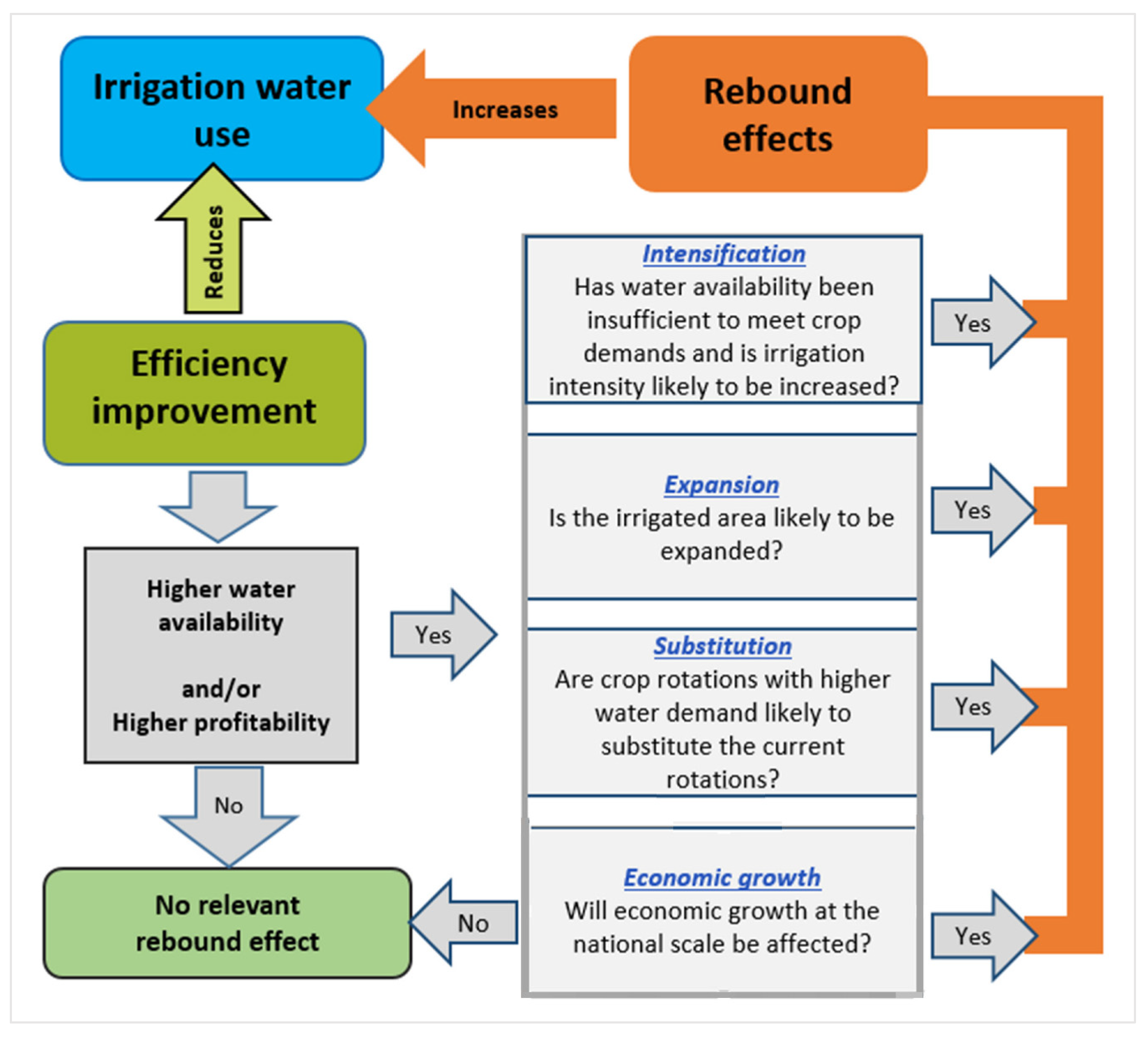
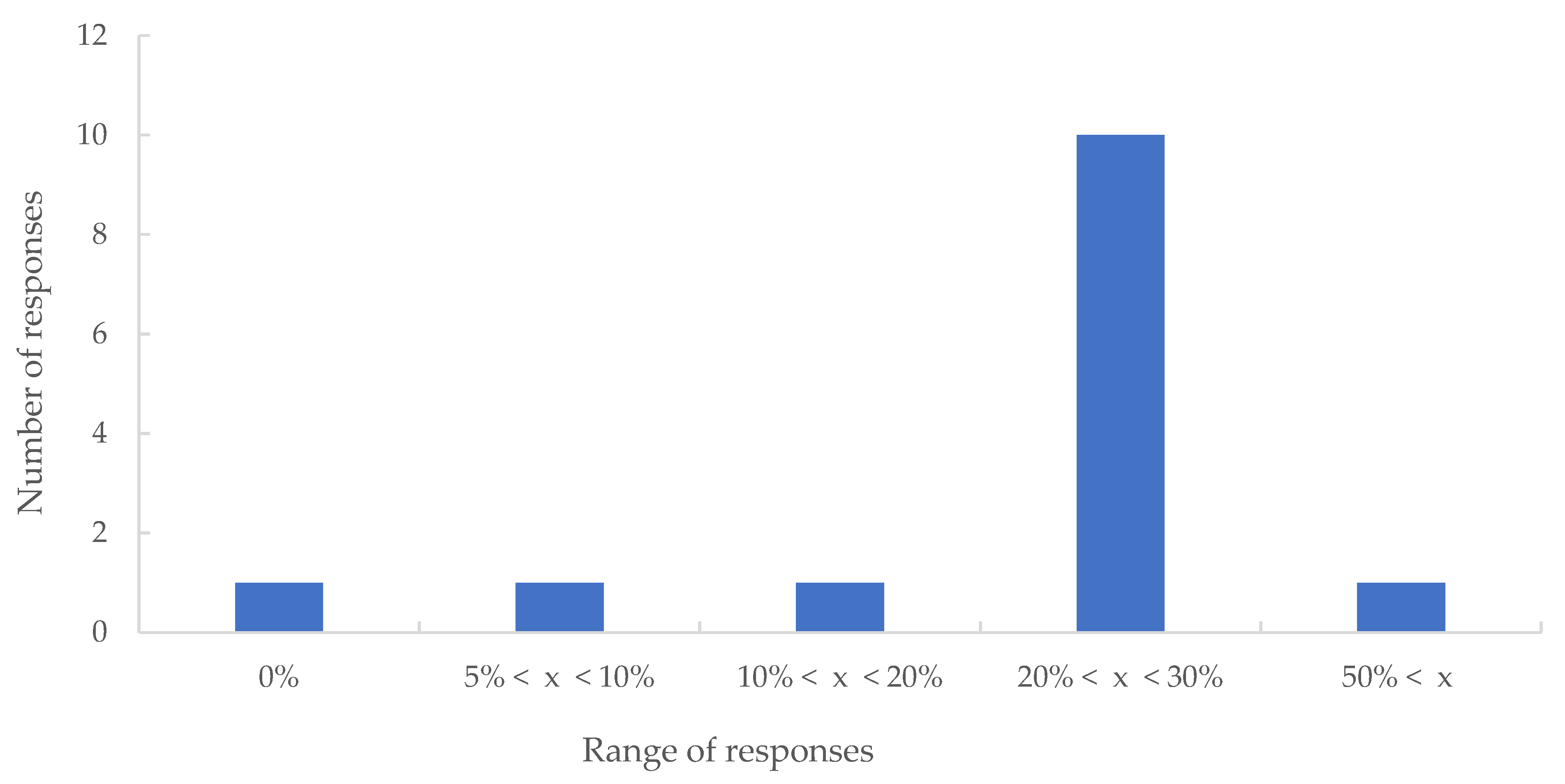
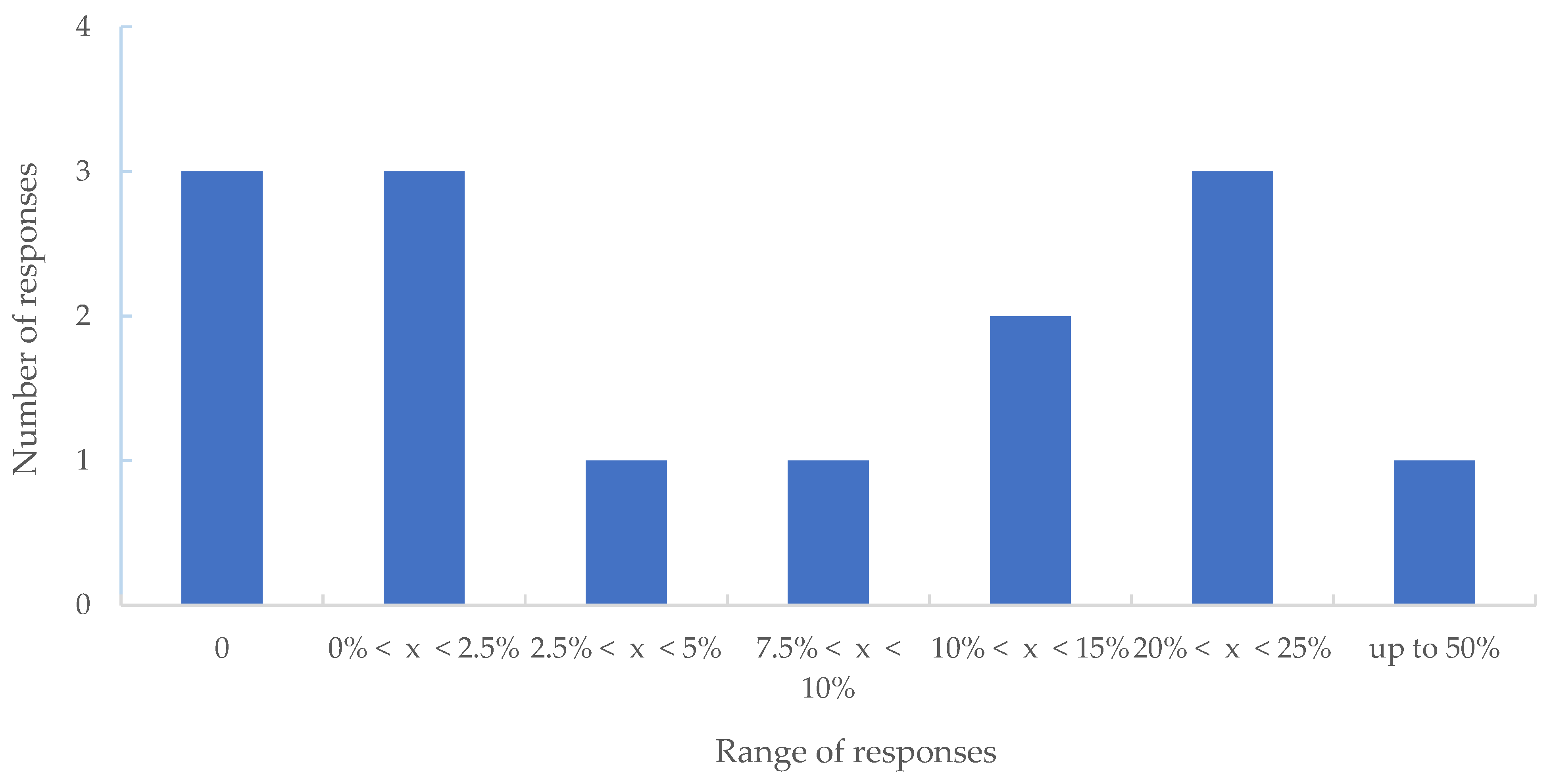
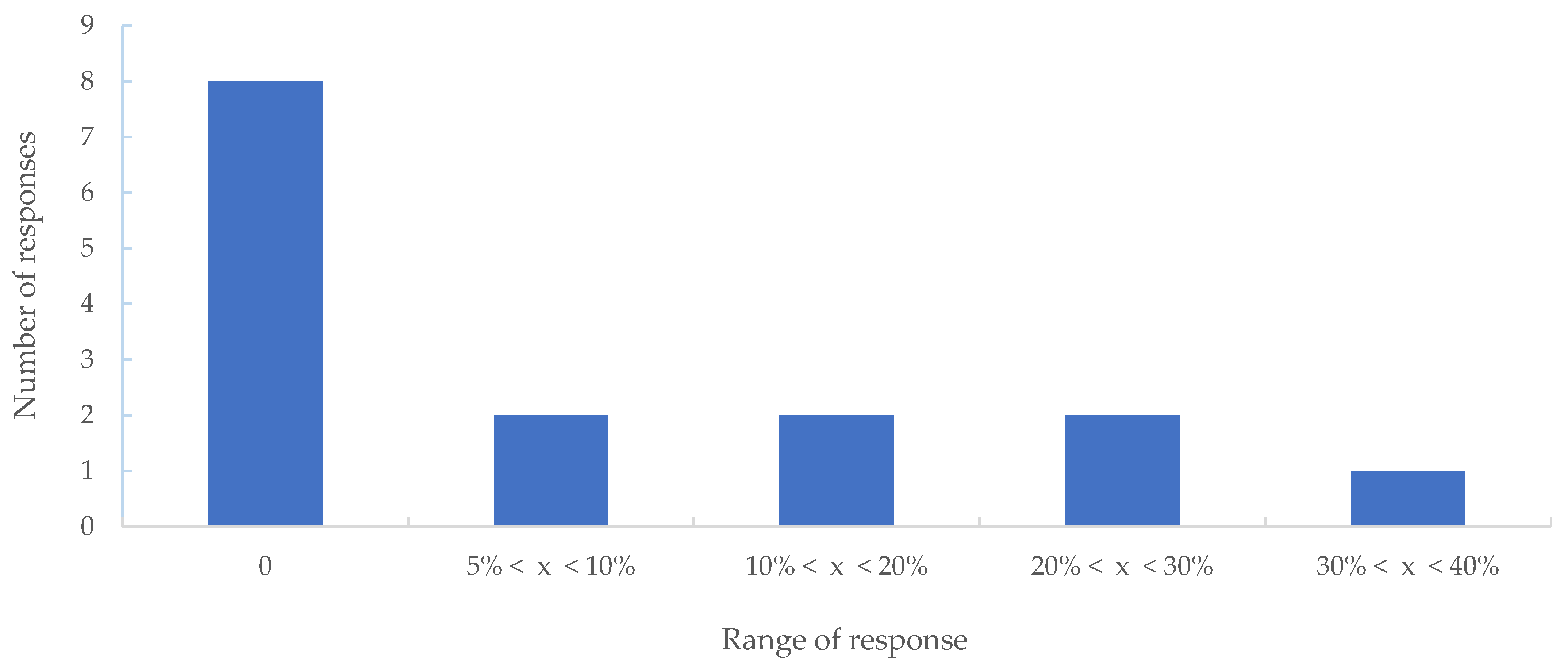
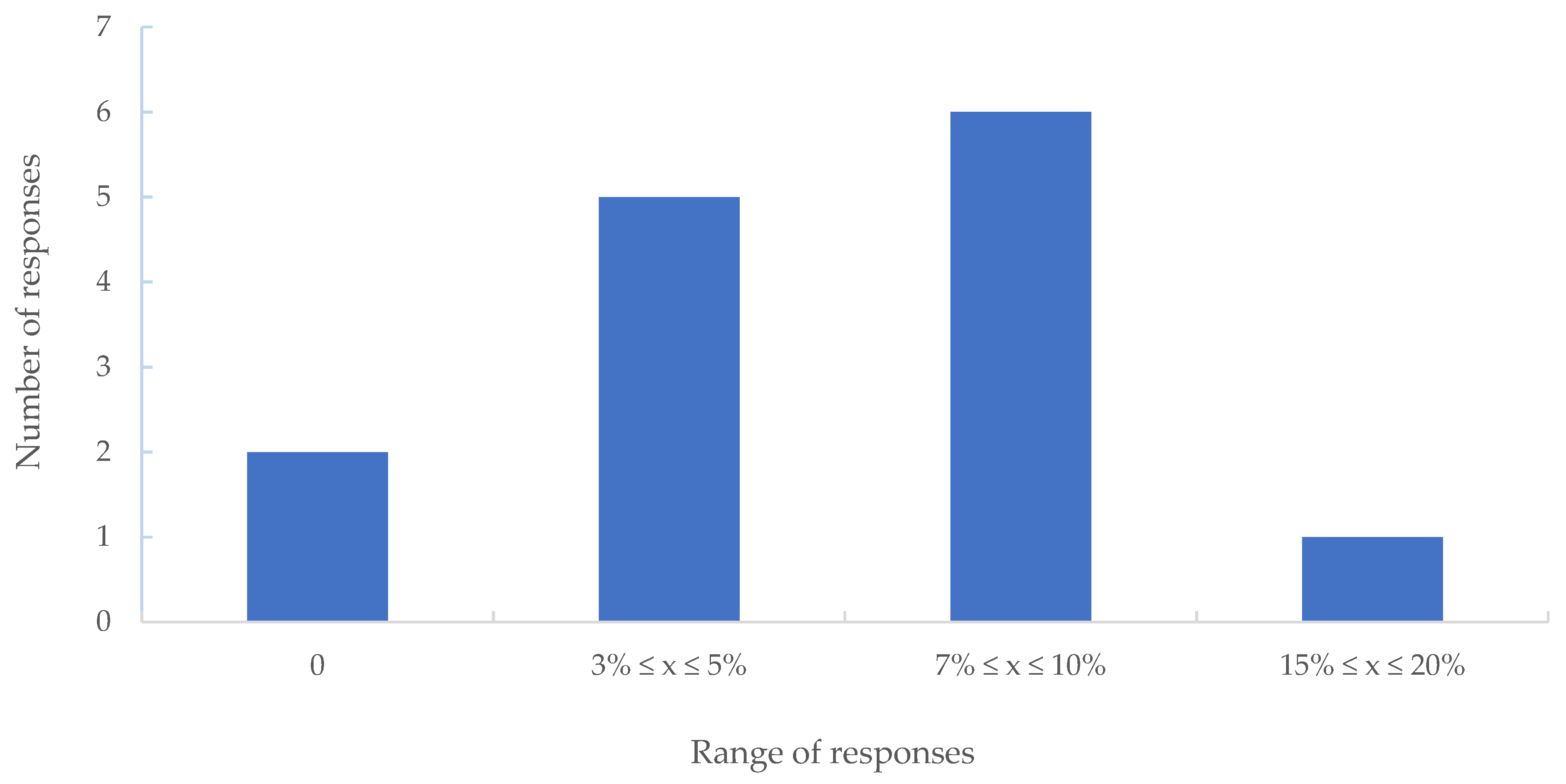
| Provinces | Irrigated Land (1000 ha) | Water Consumption (km3) | Technology Implemented Area (1000 ha) | Technology Implemented Area (%) |
|---|---|---|---|---|
| Karakalpakstan | 510.4 | 5.6 | 0.42 | 0.1 |
| Andijan | 264.5 | 2.5 | 2.32 | 0.9 |
| Bukhara | 274.6 | 3.0 | 1.19 | 0.4 |
| Djizzakh | 300.3 | 2.2 | 3.99 | 1.3 |
| Kashkadarya | 514.6 | 3.6 | 1.75 | 0.3 |
| Navoiy | 123.0 | 1.6 | 1.30 | 1.1 |
| Namangan | 283.2 | 2.3 | 3.03 | 1.1 |
| Samarkand | 379.6 | 2.5 | 7.64 | 2.0 |
| Surkhandarya | 287.1 | 2.6 | 4.27 | 1.5 |
| Syrdarya | 325.6 | 2.6 | 0.77 | 0.2 |
| Tashkent | 398.5 | 2.9 | 8.89 | 2.2 |
| Ferghana | 368.7 | 3.8 | 1.96 | 0.5 |
| Khorezm | 265.9 | 2.9 | 0.22 | 0.1 |
| Total: | 4296.0 | 37.9 | 37.77 | 0.9 |
Publisher’s Note: MDPI stays neutral with regard to jurisdictional claims in published maps and institutional affiliations. |
© 2022 by the authors. Licensee MDPI, Basel, Switzerland. This article is an open access article distributed under the terms and conditions of the Creative Commons Attribution (CC BY) license (https://creativecommons.org/licenses/by/4.0/).
Share and Cite
Hamidov, A.; Kasymov, U.; Djumaboev, K.; Paul, C. Rebound Effects in Irrigated Agriculture in Uzbekistan: A Stakeholder-Based Assessment. Sustainability 2022, 14, 8375. https://doi.org/10.3390/su14148375
Hamidov A, Kasymov U, Djumaboev K, Paul C. Rebound Effects in Irrigated Agriculture in Uzbekistan: A Stakeholder-Based Assessment. Sustainability. 2022; 14(14):8375. https://doi.org/10.3390/su14148375
Chicago/Turabian StyleHamidov, Ahmad, Ulan Kasymov, Kakhramon Djumaboev, and Carsten Paul. 2022. "Rebound Effects in Irrigated Agriculture in Uzbekistan: A Stakeholder-Based Assessment" Sustainability 14, no. 14: 8375. https://doi.org/10.3390/su14148375
APA StyleHamidov, A., Kasymov, U., Djumaboev, K., & Paul, C. (2022). Rebound Effects in Irrigated Agriculture in Uzbekistan: A Stakeholder-Based Assessment. Sustainability, 14(14), 8375. https://doi.org/10.3390/su14148375







